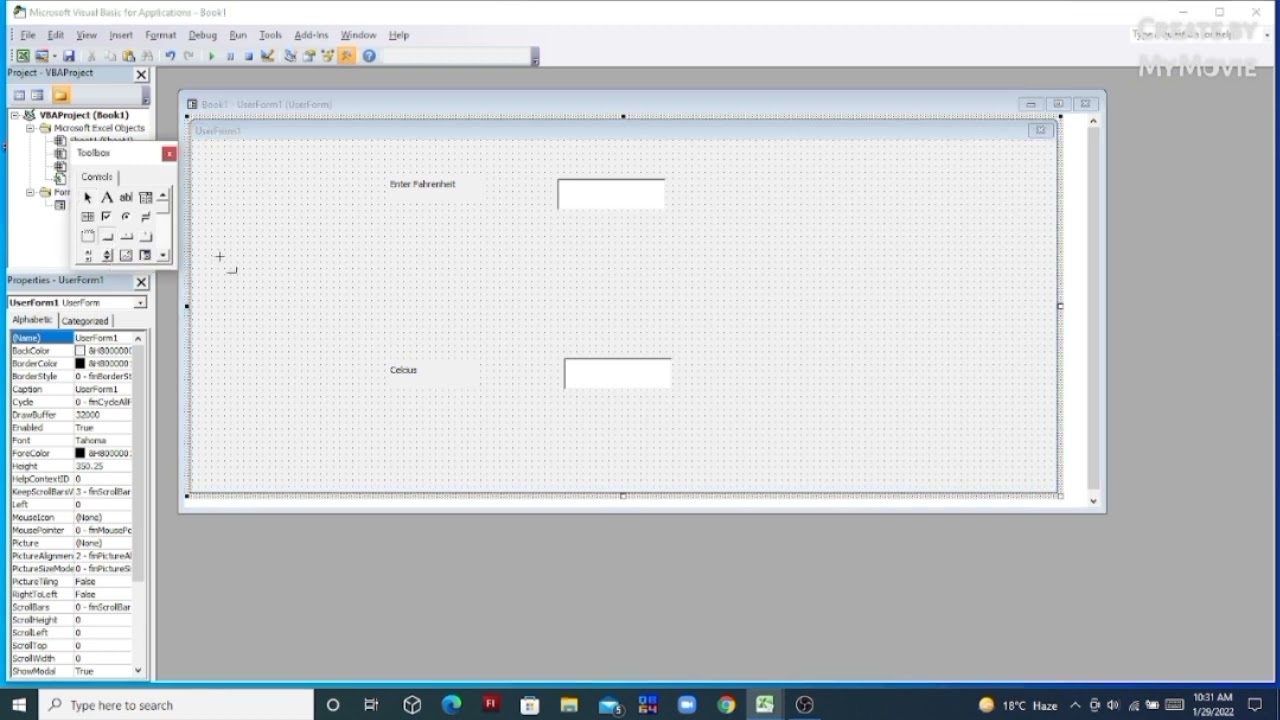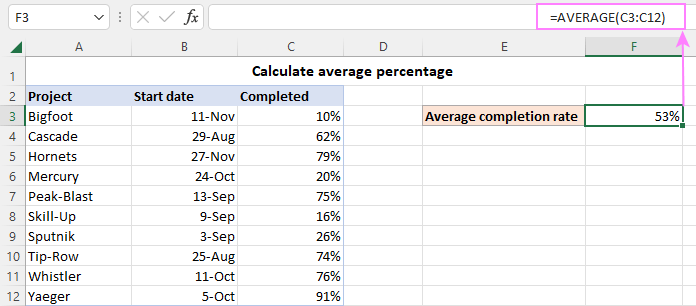VB to C: The Easy Transition Guide

Welcome to the ultimate guide on transitioning from VB (Visual Basic) to C! In the ever-evolving world of programming languages, staying updated and adapting to new technologies is crucial for developers. While VB has been a popular choice for many, the transition to C offers a plethora of advantages and opportunities. This article aims to provide a comprehensive roadmap, making this switch a seamless and rewarding experience.
Unveiling the Benefits of C

C is a versatile and powerful language that has gained immense popularity in the programming community. Its strength lies in its ability to offer both high-level abstraction and low-level control, making it an ideal choice for a wide range of applications. By transitioning to C, developers unlock a host of benefits, including enhanced performance, improved code readability, and access to a vast ecosystem of libraries and tools.
One of the key advantages of C is its efficiency. With its low-level features, C allows developers to write code that runs close to the hardware, resulting in optimized performance. This is particularly beneficial for resource-intensive applications or when working with embedded systems. Additionally, C's strong typing and memory management capabilities ensure that programs are more stable and less prone to memory-related errors.
Moreover, C provides a more standardized and consistent programming experience compared to VB. Its syntax and structure are widely adopted and understood, making it easier for developers to collaborate and share code. The language's simplicity and clarity make it an excellent choice for beginners, while its depth and flexibility cater to experienced programmers.
Performance Analysis
When it comes to performance, C leaves no stone unturned. Its low-level nature allows for fine-grained control over memory allocation, data structures, and algorithm implementation. This level of control enables developers to optimize their code, resulting in faster execution times and reduced resource consumption. In contrast, VB, while easier to learn, may lack the same level of control and performance optimization features.
| Language | Performance Metrics |
|---|---|
| C | High execution speed, efficient memory management, optimized for resource-intensive tasks |
| VB | Easier to learn, less fine-grained control, suitable for rapid prototyping and GUI development |

Code Readability and Maintainability
C promotes code readability and maintainability through its structured approach. The language encourages modular programming, making it easier to understand and modify code in the future. With its clear syntax and well-defined rules, C code is often more readable and self-explanatory, reducing the learning curve for new developers joining a project.
Extensive Library Support
The C language boasts an extensive collection of libraries and frameworks, offering developers a wide range of tools and functionalities. From graphics rendering to network programming, C libraries provide ready-to-use solutions, saving developers time and effort. With its rich ecosystem, C allows developers to focus on solving problems rather than reinventing the wheel.
The Step-by-Step Transition Process

Transitioning from VB to C may seem daunting, but with a well-planned approach, it can be an enjoyable and educational journey. Here’s a step-by-step guide to make the switch smoother:
Step 1: Familiarize Yourself with C Syntax
Start by understanding the fundamental syntax and structure of C. While C and VB share some similarities, there are key differences that you need to grasp. Learn about data types, control structures, functions, and memory management in C. Online tutorials, documentation, and coding platforms can be great resources to begin your journey.
Step 2: Practice with Simple Programs
Once you have a basic understanding of C syntax, it’s time to put your knowledge into practice. Begin with simple programs that solve small problems. Start with basic arithmetic operations, string manipulation, and data input/output. These exercises will help you reinforce your understanding of C and build your confidence.
Step 3: Explore Advanced C Features
As you become more comfortable with C, delve into its advanced features. Learn about pointers, dynamic memory allocation, and the various data structures available in C. These concepts may seem complex at first, but they are essential for writing efficient and powerful code. Online forums and programming communities can be valuable resources for clarification and support.
Step 4: Choose the Right IDE
Integrated Development Environments (IDEs) play a crucial role in the development process. When transitioning to C, choose an IDE that suits your needs and preferences. Popular options include Visual Studio, Code::Blocks, and Eclipse. These IDEs provide a range of features, such as code completion, debugging tools, and project management, making your coding experience more efficient and enjoyable.
Step 5: Learn C-Specific Libraries
C’s strength lies not only in its core language but also in its extensive library support. Familiarize yourself with commonly used C libraries, such as Standard C Library, OpenGL, and GLUT. These libraries offer a wealth of functionalities, from file handling to graphics rendering. Learning to utilize these libraries effectively will greatly enhance your C programming skills.
Step 6: Practice with Real-World Projects
To solidify your transition, work on real-world projects using C. Choose projects that align with your interests and goals. Whether it’s developing a game, creating a database management system, or building a network application, practical experience will reinforce your understanding of C and its capabilities. Collaborating with other developers can also provide valuable insights and feedback.
Performance Comparison: VB vs. C
When considering the transition from VB to C, performance is a key factor. C is renowned for its high-performance capabilities, especially in resource-intensive applications. Let’s take a closer look at how VB and C stack up against each other in terms of performance.
Speed and Efficiency
C’s low-level nature allows developers to write code that executes close to the hardware, resulting in faster execution times. VB, while being easier to learn and use, may not offer the same level of control over performance optimization. C’s ability to manage memory efficiently and execute algorithms swiftly makes it a preferred choice for time-critical applications.
Memory Management
Effective memory management is crucial for ensuring program stability and performance. C provides developers with fine-grained control over memory allocation and deallocation. This control allows for more efficient memory usage and reduces the risk of memory leaks. In contrast, VB’s memory management is more automated, which can lead to less predictable memory behavior.
Optimization Techniques
C offers a wide range of optimization techniques that developers can leverage to enhance program performance. These techniques include low-level programming constructs, such as bit manipulation and assembly language integration. While VB provides some optimization capabilities, C’s extensive toolkit allows for more advanced and fine-tuned optimizations.
| Language | Performance Characteristics |
|---|---|
| C | Faster execution, efficient memory management, low-level control, extensive optimization techniques |
| VB | Suitable for rapid development, easier memory management, may lack fine-grained performance control |
Future Prospects: Why C is Here to Stay
The transition from VB to C is not just a temporary shift; it’s a move towards a language that is future-proof and widely adopted. C’s longevity and versatility ensure that it remains a relevant and powerful tool for developers.
Industry Adoption
C has been a staple in the programming world for decades, and its popularity continues to grow. Major tech companies, such as Google, Microsoft, and Apple, rely on C and its derivatives for various applications. From operating systems to embedded systems, C’s presence is pervasive, making it a language that developers can rely on for long-term career prospects.
Portability and Compatibility
One of C’s greatest strengths is its portability. C code can be compiled and executed on a wide range of platforms and architectures. This portability ensures that C programs can run seamlessly across different systems, making it an ideal choice for cross-platform development. In contrast, VB’s compatibility may be more limited, requiring additional efforts for cross-platform support.
Community Support and Resources
The C programming community is vast and active, providing a wealth of resources and support for developers. From online forums and tutorials to open-source projects, C enthusiasts share their knowledge and expertise. This vibrant community ensures that developers can find answers to their questions, collaborate on projects, and stay up-to-date with the latest advancements in the language.
Conclusion: Embrace the Power of C

Transitioning from VB to C is a strategic move that opens up a world of opportunities for developers. With its performance, readability, and extensive library support, C offers a rewarding programming experience. By following the step-by-step guide outlined in this article and leveraging the vast resources available, developers can seamlessly make the switch and unlock the full potential of C.
As you embark on this journey, remember that learning a new language takes time and practice. Embrace the challenges, explore the vast C ecosystem, and don't be afraid to ask for help. The C community is here to support and guide you every step of the way.
What are the key differences between VB and C in terms of syntax and structure?
+VB and C differ in their syntax and structure. VB is more beginner-friendly, with a simpler syntax, while C requires more attention to detail. C’s syntax is closer to machine language, offering more control over memory and performance.
Are there any resources available for beginners learning C?
+Absolutely! There are numerous online tutorials, courses, and books dedicated to teaching C to beginners. Websites like Codecademy and Udemy offer interactive learning experiences, while traditional textbooks like “The C Programming Language” by Kernighan and Ritchie are highly regarded.
Can I continue using VB for specific projects after transitioning to C?
+Yes, you can! While transitioning to C offers numerous advantages, there may be situations where VB is more suitable. For example, if you have legacy VB code that is well-maintained and serves its purpose, there’s no need to rush the transition. Use C for new projects and gradually migrate older VB code as needed.
How can I ensure a smooth transition from VB to C for my team or organization?
+A successful transition requires careful planning and communication. Start by assessing your team’s skills and knowledge, and provide training and resources to bridge any gaps. Set clear goals and timelines, and gradually introduce C into your development processes. Encourage collaboration and knowledge sharing to create a supportive learning environment.



